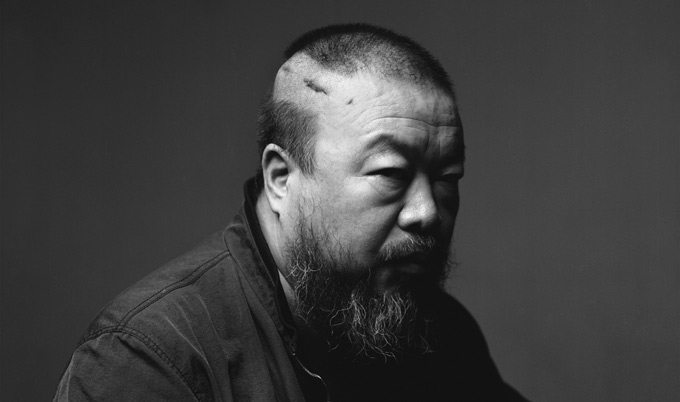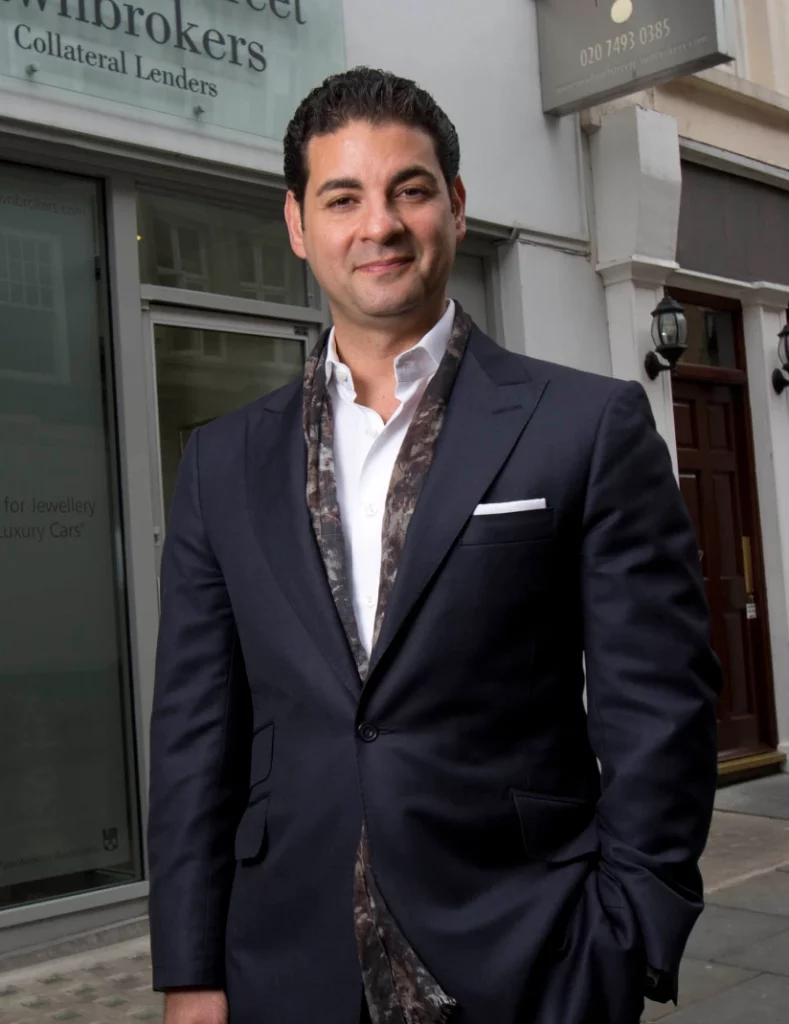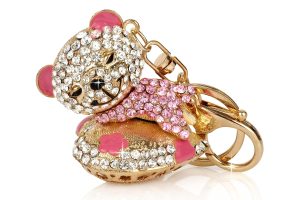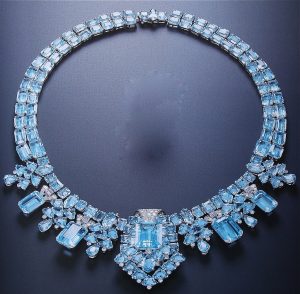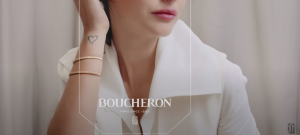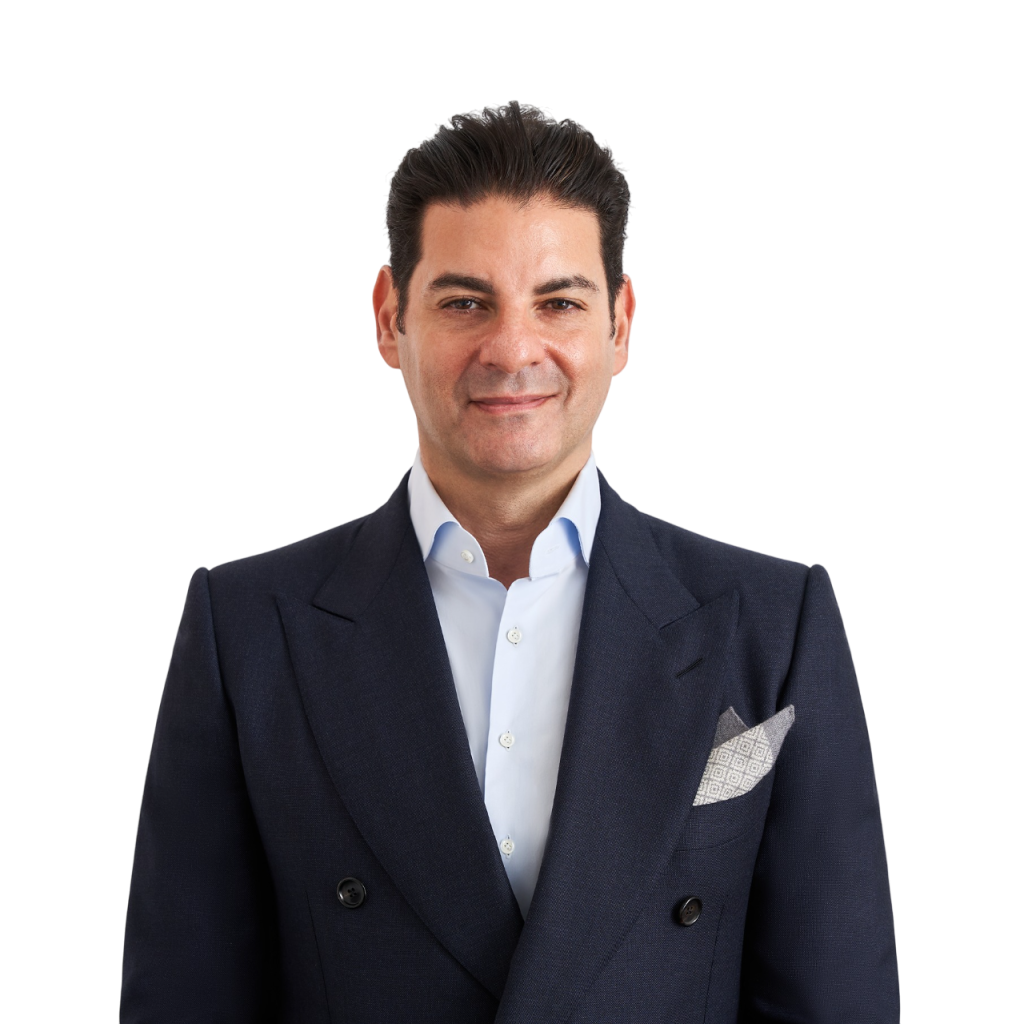Chinese artist Ai Weiwei is one of modern art’s most recognizable and beloved figures. The multi-disciplinary artist and activist is known for his commitment to political art, which he achieves through breathtaking installations, sculptures, and documentaries.
In this article, we’ll look at the ten most expensive pieces of Ai Weiwei art ever sold at auction as of 2025. The article features Ai Weiwei ceramics, sculptures, installations, and talks about his relationship with the Chinese government, undoubtedly one of his biggest influences.

1. Early life
Ai Weiwei was born in Beijing in 1957. His father, Ai Qing, was a poet and member of the Chinese Communist Party (CCP). However, a year after Ai Weiwei was born, Qing was caught up in the Anti-Rightist Campaign, a political movement that sought to purge the CCP of right-leaning or pro-capitalist elements. As a result, Ai Qing and his family were sent to work in a labor camp for three years before they were exiled to Shihezi in northwest China.
Upon the death of Mao Zedong in 1976, Ai’s family returned to Beijing. Two years later, Ai Weiwei joined the Beijing Film Academy to study animation. It was there that he joined The Stars Art group, a largely self-trained and experimental group of artists who promoted self-expression and freedom through their work.
2. Leaving China
Ai Weiwei moved to the United States in 1981, initially studying in Philadelphia and San Francisco before moving to New York. His early years were a struggle as he held down odd jobs and sold street portraits. Later, he started to create conceptual art from everyday objects.
During a decade in New York’s vibrant East Village, AI took a series of photographs that would eventually become a much-celebrated exhibition called New York Photographs.
3. Return home
In 1993, Ai Qing became ill. AI decided to return home, bringing with him the sights, sounds, and attitude of the East Village art scene. He started many groups and elevated the profile of other Chinese artists. In 1999, he built his first architectural project, a studio home in northeast Beijing.
Ai was a vocal critic of the Chinese government. In 2011, as part of a larger crackdown on dissent, he was accused of tax evasion. The government jailed him for the best part of three months and confiscated his passport. When his passport was returned in 2015, he moved to Berlin before relocating to Cambridge in the UK and finally settling in Portugal, where he remains today.
What are the characteristics of Ai Weiwei art?

Ai Weiwei is, first and foremost, a dissident artist with a flair for sharp social commentary, particularly about the Chinese regime and various human rights abuses.
While his message is socially relevant, the medium is just as important to his success. His unconventional life path allows him to blend in and weave influences from his homeland with contemporary European styles to create distinctive sculptures and installations.
A classic piece of Ai Weiwei work, like “Sunflower Seeds” sums up his style: big, bold, and political.
Top 10 Most Expensive Ai Weiwei Art Ever Sold Worldwide as of 2025
Ai Weiwei ceramics, sculpture, and installations are not just beloved among art lovers across the world. They’re also hugely popular at auctions. Let’s explore the top 10 most expensive Ai Weiwei artwork ever sold at auction.
#1. Circle of Animals/Zodiac Heads – $4.32 million
Circle of Animals/Zodiac Heads is the most expensive piece of Ai Weiwei artwork ever sold at auction. These masterful bronze heads were inspired by artwork hosted in Beijing’s Yuanminguan imperial gardens in the 18th century.
Dissident artist Ai Weiwei used this piece to comment on Western imperialism. The original Circle of Animals was made by the Italian artist Giuseppe Castiglione, but they were ransacked during the Opium Wars. In recreating them, Ai cleverly comments on the interplay between Eastern and Western power brokers.
In 2015, the bronze heads went for sale at Philips London. They fetched an incredible $4.32 million, the highest price paid for any Ai Weiwei artwork as of 2025.
#2. Circle of Animals/Zodiac Heads – $3.69 million
Legendary Chinese artist Ai Weiwei has made eight versions of the Zodiac Heads. One of the most striking editions uses a gold bronze to show the animals of the zodiac.
Once again, this Ai Weiwei work is a mediation on reclaiming this past by creating a historically significant artifact that was lost during a 19th-century conflict between China on one side and Britain and France on the other.
Three of the gold bronze editions have been sold at auction. The most expensive of this version went for $3.69 million at Philips, London, in 2015, which was just slightly less than the most expensive piece of Ai Weiwei artwork listed above.
#3. Map of China – $2.5 million
Ai Weiwei, Chinese artist extraordinaire, regularly takes influence from his homeland to make his pieces. This stunning piece of Ai Weiwei art took more than inspiration from China: it goes a step further by using tieli wood that was reclaimed from Qing Dynasty Temple ruins.

The work is remarkable. To look at it from the side, it reminds the viewer of a gnarled tree trunk. However, the cross-section shows the piece as a carved map of China. For critics, the piece was a powerful statement about the country’s past and present, and in particular, the loss and destruction that has happened on the journey toward modernity.
In total, four versions of this piece have sold at auction. In May 2016, at Christie’s auction house, a 1.25m tall version of the Map of China was sold for $2.5 million. Other versions of this memorable Ai Weiwei sculpture have sold for around $1 million.
#4. Dropping a Han Dynasty Urn – $960,000
This piece from 1995 really symbolizes the type of artist Ai Weiwei would become. The simple photography triptych shows Ai dropping a more than 2000-year-old Han Dynasty Urn.
There is a lot going on in this piece. For starters, it’s a critique of the Chinese government’s prioritization of cultural heritage over its citizens. In ways, Ai is shattering the past in a provocative act in defiance of authority. Secondly, it’s about pushing the boundaries of what art is and can be.
While the piece was created in the mid-90s, it was first shown in New York in 2004. Twelve years later, in 2016, the piece went for auction in Sotheby’s London and fetched close to one million dollars.
#5. He Xie – $790,000
This 2010 piece from legendary artist Ai Weiwei was made in response to the Chinese government’s destruction of his art studio in retaliation to his fierce criticism of the regime.
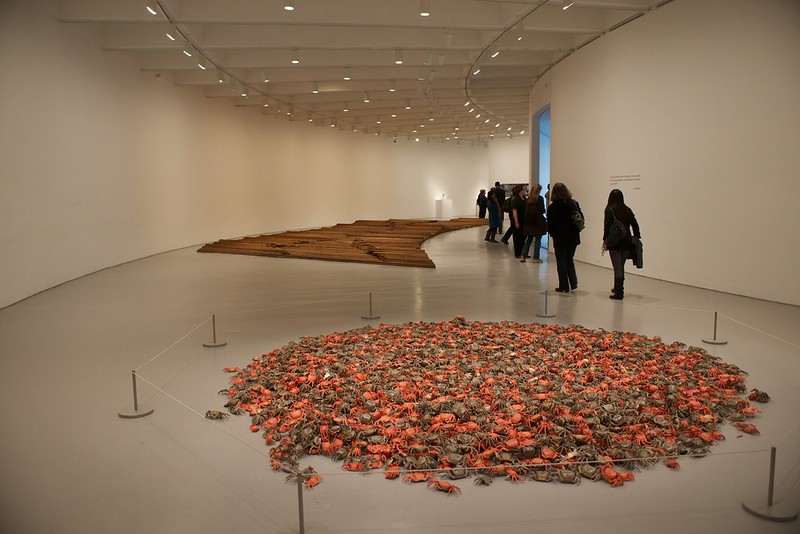
Photo credit: Steve Pribut https://www.flickr.com/photos/isteeve/8329455060
The installation is composed of 3,000 crabs, which were allegedly the food on the menu for a dinner party that Ai had organized but could not attend after the government imprisoned him. However, critics suggest the mass of crabs symbolizes the corruption within Chinese culture or even the individuals struggling to navigate bureaucracy.
In October 2018, this memorable Ai Weiwei artwork sold for slightly above estimate when it went for $790,000.
#6. Sunflower Seeds – $782,000
This piece is part of the Ai Weiwei Tate Modern series that was first shown in London in 2010. It was originally displayed in the Turbine Hall to much fanfare. Soon after, it became one of the most famous pieces of Ai Weiwei art because of the sheer scale of ambition.
Ai Weiwei Sunflower Seeds is an incredible piece. It consists of one hundred million sunflower seeds, each handcrafted in porcelain. Each piece is unique and represents the citizens of Ai’s vast and diverse homeland. What’s more, it’s also seen as a comment on individualism and conformity, mass production, and a celebration of the insignificant.
One ton of seeds from the Ai Weiwei Sunflower Seeds installation went on sale at Sotheby’s London in 2012. It fetched an incredible price of $782,000, which was close to the upper range of the estimate.
#7. Coca-Cola Vase – $665,000
This Ai Weiwei sculpture follows a similar technique to his much-celebrated Colored Vases. This time, AI uses a Chinese urn and transforms it into a Coca-Cola vase. The choice of this classic American brand deliberately sets Eastern traditions against Western capitalist culture. Some critics have compared it to Andy Warhol’s Soup Cans in its use of everyday branding to make a wider cultural point.

Carving the Coca-Cola logo on a Han Dynasty vase can be interpreted in many ways. It is no doubt a critique of capitalism, but it is also a comment on how globalism carves itself into our lives and traditions and changes them forever.
In 2014, the Coca-Cola Vase was put up for auction at Phillip’s in New York. Despite an estimated price of between $400,000 and $600,000, the piece was eventually sold for $665,000. It remains one of the most iconic and talked about pieces in Ai’s catalog to this day.
#8. Forever Bicycles – $611,000
Forever Bicycles was a Chinese bicycle manufacturer that was established in the 1940s. They served Chinese middle-class workers at a time before cars and motorbikes became the preferred mode of transport.
The art installation Forever Bicycles draws from this point in time to help us think about the impact of technology on our lives over the last century. In the context of 20th-century Chinese history, these sculptures of welded bike frames represent migration and hardship through this quickly vanishing everyday object.
In 2015, at Sotheby’s Hong Kong, the second of five editions of Forever Bicycles went to auction. It achieved the upper end of its pre-sale estimate when it was sold for over $600,000.
#9. Grapes – $589,000
Ai Weiwei Sunflower Seeds was a very direct and simple piece that immediately captured the attention. Grapes, on the other hand, is a much more complex work that requires considerable thought to understand the artist’s intent.

The installation fuses 35 wooden stools from the Qing Dynasty. However, where things get interesting is how AI shapes them into the form of a bunch of grapes, which were regularly depicted in Renaissance paintings. This clever interplay is a frequent theme in Ai’s work.
Grapes went for sale in Sotheby’s Hong Kong in 2016. It was sold for just short of $600,000. Since his days in New York, Ai had repurposed ordinary items into a new arrangement. Grapes can be seen as an extension of this approach and comment on the abundance that has marked the modern era.
#10. Colored Vases – $582,000
Colored Vases is among Ai Weiwei’s most controversial works. Much like the dropping of the Han Dynasty vase, Colored Vases was interpreted as some sort of cultural vandalism because it painted over Han Dynasty (206 B.C. to 220 A.D) ceramics in bold and vibrant base colors, which were accentuated with drip paint.
Once more, a major theme of this work was the meeting of the historical and the modern. These pieces are immensely complex. For starters, we must acknowledge that painting over culturally significant vases is an act that carries punishment in his homeland. However, it’s not mere anarchy; Ai is making a point about censorship and the wisdom of attaching so much value to these relics, often to the cost of living, breathing citizens.
In late 2014, Colored Vases were put to auction in Sotheby’s New York. It fetched $582.000, which was many times the size of the original estimate for these pieces. What some see as the destruction of important items of the past, others interpret as putting a new spin on these vases that let us appreciate them in a new and exciting way.
Final thoughts
Ai Weiwei, Chinese artist, activist, and firebrand, has significantly impacted the world of contemporary art. His work blends the past and future and the personal and political to deliver visually striking and thoughtful takes on modernity, history, and technology.
The Ai Weiwei Tate Modern installation brought him mainstream recognition on UK shores. However, his diverse range of work has made him well-known around the world.
At our luxury pawn shop in London we offer credit against fine assets with minimal paperwork, plus specialist financing and loans on art throughout.



